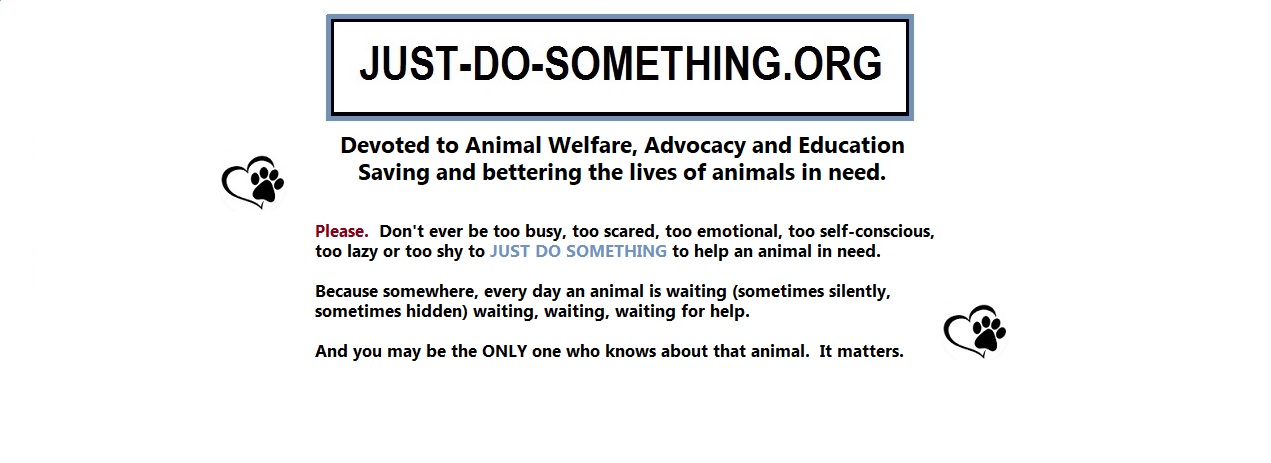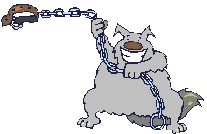Many of us would love to help dogs, cats and other rescued animals living at the local shelter, but let’s face it — it can be hard. There often aren’t enough hours in the day to accomplish our own tasks, let alone volunteer for the many tasks a shelter has on the to-do list. Donating money would be easier, but maybe you’re on a budget and don’t have much to spare. That’s okay! There are lots of ways to help local animal shelters without investing a ton of time, money or energy.
Here are smart ways that you can make a big difference.
The first step is to learn about the local shelters in your area and their needs. Some might be doing fine on donations but need help caring for the animals waiting for a forever home, while others might be struggling to make ends meet and could use a push in the donation sector. Figure out your skill set and where you’re needed most. The next step is to check out this list of creative ways you can help. Then decide on one (or a few) small things you can do to make a huge difference.
Spread the word ~
Hang up fliers for upcoming adoption events or adoptable animals in pet stores, vet offices, parks and other places where potential adopters will find their perfect companion. Distributing fliers and other marketing materials is an easy and important way to get the word out about adoptable pets.
Share adoption profiles on social media: Your Facebook timeline, Twitter stream, Pinterest board, Tumbler page and other social media accounts are all perfect ways to help advertise pets that are in need of a home. Simply sharing the profiles of adoptable animals to your followers takes hardly any time or effort yet could play a part in creating the perfect match for an animal in need of a forever family.
Transport animals: Have a car? Then a shelter might need you. Some shelters have a hard time arranging to get animals from the shelter to vet appointments, or from shelters to rescue facilities. Donating a little of your time and your driving skills will help animals get the care they need when they need it, and frees up time for other shelter volunteers to get more work done.
Walk dogs: Many times shelters are short on staff to help exercise and socialize their animals. If you’re good with dogs, take an hour once a week (or more!) to drop by and take a dog for a walk. Play time has huge psychological and physical benefits for waiting animals.
Pet cats: Cats need socialization too. If you’re a cat lover, take an hour once a week (or more!) to hang out with cats — petting, playing and interacting with them to get them ready for a new home.

Gathering supplies ~
Donate wish list items: Every shelter has a wish list of items, whether it’s food, toys, bedding, litter, crates or cleaning supplies. Pick up a couple items next time you’re shopping to drop off at the shelter.
Scan Craig’s List, Freecycle, eBay, and other resources for items being sold or given away, and collect them to donate to a shelter.
Call local hotels to see if they have any unusable bedding, towels or cleaning supplies that they will donate to a local shelter.
Call office supply stores to see if there are items they are willing to donate, such as printer paper, ink, envelopes and other items that shelters need.
Bust out your special talents~
Crafty folks: Create homemade toys and bedding using old T-shirts, jeans or blankets. Or sew up “Adopt Me” vests and bandanas for adoptable animals to wear while they’re out for walks or at events. A quick search for “How to make [insert dog bed, dog toys, cat toys, etc.]” will bring up loads of patterns and ideas.
Carpenters and DIY whizzes: Help out with carpentry or other skills needed to repair and improve shelters. Anything from renovating parts of a facility to building a new cat tree will be hugely appreciated.
Lawyers: Shelters need lawyers too. Lend your knowledge and skills to help shelters stay on top of legal forms, contracts, copyright on videos or brochures made for advertising, and so on.
Accountants: Shelters definitely need to stay on top of accounting paperwork. You can help shelters keep organized about fees paid by adopters, donations and grants, as well as balancing expenses for caring for the animals.

Dog trainers (or trainers in training!): Take a dog to obedience class. Often dogs need some training before they’re ready to be adopted. You can help shelters by volunteering your skills as a trainer and working with the dogs. Or if you’re a novice, take a dog to obedience classes where you both can learn. Basic commands like sit, stay, lie down, and loose leash walking all make a dog more adoptable.
If you have experience with dog or cat behavior, volunteer to do behavior evaluations for new arrivals, and help the shelter determine each animal’s personality, social skill level, find any triggers for behavior problems, and other important information that’s needed for determining how adoptable an animal is or what kind of home they need to thrive.
Website designers: Shelters need to constantly update their websites as animals are adopted or are made available for adoption. Everything from maintaining upcoming events information, calls for donations, blog updates, designing a professional look and other aspects of a great website are things you could help out with.
Writers: Shelters do a lot of writing. They need adoption profiles for each pet put up for adoption, newsletters must be written and sent, ads for events and fundraisers must be crafted, grant applications must be written, and so on. Your skills as a writer could make all the difference for a shelter’s success.
Social media experts: Social media is a must for getting the word out on adoptable pets. Shelters need to post updates constantly on who is looking for a new home, who was adopted out successfully (everyone loves hearing success stories!), requests for much needed supplies or donations, and other news. Someone skilled with the etiquette and best practices for Facebook, Twitter, Pinterest and other platforms, including skills for writing and scheduling updates, can mean a big uptick in successful adoptions.
Photographers: High-quality photos for adoption profiles make an enormous difference in how quickly animals get adopted. Volunteer your skills with a camera to photograph animals, showing off their personality and making them look their best so potential adopters will click on their profile and, with luck, visit to meet and adopt them. Check out HeartsSpeak, an organization that helps photographers partner up with shelters.
Fun fundraising ideas~
Your birthday: Birthdays are the perfect way to gather donations for a shelter. Everyone wants to be nice to you on your birthday, right? You could set up a fundraising website, using something like gofundme.com or indiegogo.com, to raise money throughout the month of your birthday, or you can ask anyone attending your birthday party to bring a gift for the shelter instead of for you. You could even host your birthday party at a shelter or dog park for extra fun and inspiration.
Your wedding: It’s getting more popular to have a no-gifts wedding registry, with the happy couple asking for donations to favorite charities. Your wedding registry could revolve around charities that help rescued animals in need. You can set up a registry page with monetary donations going straight to the rescue or shelter of your choice, or you can ask guests to bring something to donate that you can drop off later. Or both!
Your party: Throwing a party? Add a special request for folks to bring something to donate to a shelter, or set up a jar for raising money next to the snack platter (or better yet, the drinks station). It’s an easy add-on to an event you’re already hosting.
At work: Put up a glass jar with a sign on your desk or counter-top, and send out an email to coworkers asking for donations for a week. Or take it a step further by organizing a supplies donation drive, bake sale, raffle or other fundraising drive for a week or more.
At school: What better place to learn about animals in need than at school? Enlisting the help of teachers and classrooms full of students could mean major donations to a local shelter. Talk to the faculty and staff at a school about ideas, from donation drives to raffles. The shelter you’re helping could bring in a couple adoptable pets to the school to show kids how (and who) they’re helping. It’s the perfect opportunity not only to raise funds and goods for the shelter, but also to raise awareness at an early age about caring for pets.
Two more things ~
Say “thank you”: Shelter workers give their whole hearts to their jobs, and are usually buried under never-ending to-do lists and urgent tasks. They usually are overstressed and under-paid. So little things like someone showing how much they appreciate what they’re doing goes a long, long way in restoring the energy and drive they need to continue to help animals. You can do something simple like sending in a thank you card or a bouquet of flowers. Or maybe deliver cupcakes or cookies, or order pizza or sandwiches for the whole crew one day. Anything that shows just how much their efforts are appreciated will make a big difference. When the staff are encouraged and energized, all the animals in the shelter benefit from that positive energy.
Foster an animal: Being in a shelter can be extremely stressful for many animals, and not a place they can thrive. Plus, shelters fill up fast. Finding temporary homes while animals are waiting to be adopted frees up space to help newly rescued animals. Fostering doesn’t necessarily fall under the “easy” category for how to volunteer to help, but it does fall under the category of most important things you can do. Most shelters pay for food and vet bills, so fostering is not a burden on the wallet. Opening your home to an animal in need and providing the food, shelter, love and training it needs while waiting for a forever home is one of the best things you can do to help. It can also be one of the most fulfilling.
JUST DO SOMETHING.














